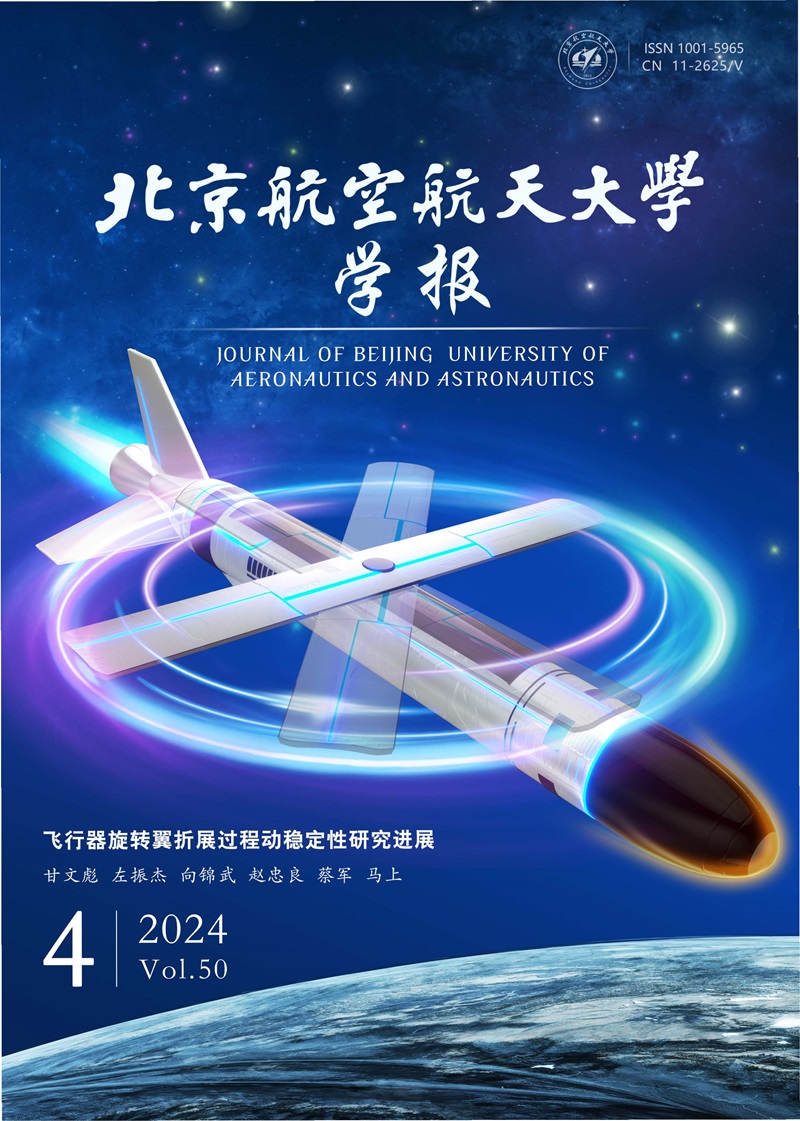2006 Vol. 32, No. 02
2006, 32(02): 135-138.
Abstract:
2006, 32(02): 148-152.
Abstract:
2006, 32(02): 176-180.
Abstract:
2006, 32(02): 186-189.
Abstract:
2006, 32(02): 209-213.
Abstract:
2006, 32(02): 239-243.
Abstract:







 XML Online Production Platform
XML Online Production Platform

